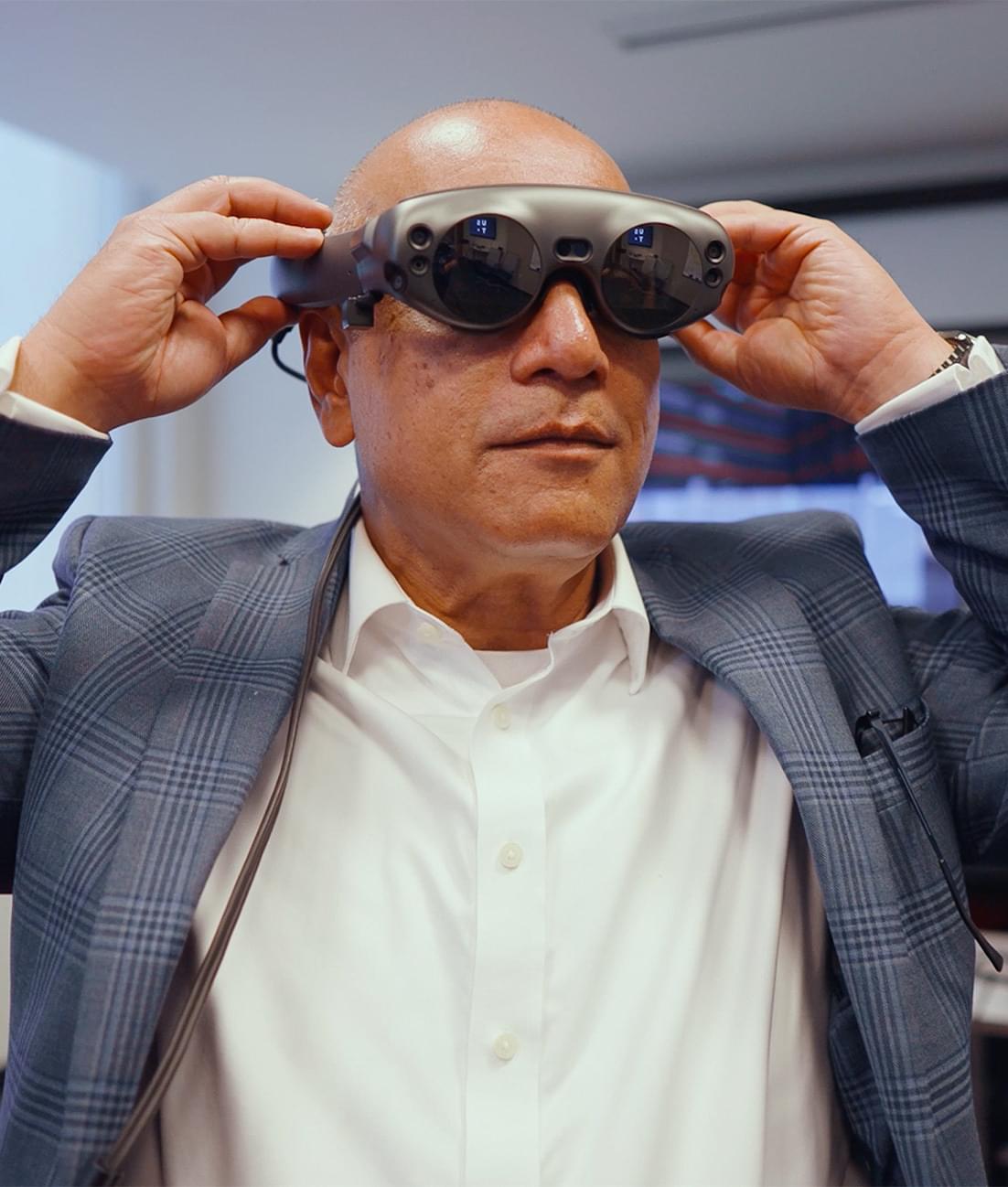
Innovation is all about speed, but the best organizations know there’s a method behind the madness.
Part 1 of 4
What makes innovation successful?
0:03
The basis for a successful innovation is to understand a problem completely and also to build a solution very quickly. And with empathy-first design thinking in mind. And innovation is all about speed. How do you design certain things quickly, understand the problem [and] come up with a solution from a set of ideas? Any successful innovation initiative really needs to leverage the ability to understand: What are we solving for? Who we are solving for? And how [do] we solve it?
Part 2 of 4
Can innovation follow a method?
0:04
Often the challenge that we see with innovation is that people think of the wow factor. But the cool factor really dies down very quickly. That’s because people haven’t spent enough time understanding the problem. Is there a durable advantage with the innovative idea that we are coming to? If you don’t have all of those answered, you haven’t spent enough time understanding the problem in detail. What would happen is that it starts falling apart very quickly.
Part 3 of 4
What makes UST's approach to innovation unique?
0:04
We look at the problem, not just the solution. Our focus has been: What are those nuances? What are those things that we don't see that [are] apparent when you start an innovative thinking process? How do we solve these problems? So what we do is bring those elements in that make all the difference. We have curated a certain set of processes, methods, and techniques that are really unique. And that helps you accelerate innovation at a rapid speed.
How do you use graphic novels to interrogate client problems?
0:44
Our graphic novel method is truly very unique. In most of the organizations you would see the techniques that are used are building journey maps. And journey maps are very helpful to understand the flow, but there are some challenges in journey maps. It doesn't convey empathy. We actually go [and] understand what's going on in the scenario, capture all those moments, and we are able to create a graphic novel of the entire storyline with: What is being said? What is the story? What is the emotion behind the story? What are the factors that drive certain behavior?
Part 4 of 4
What can the metaverse do for business innovation?
0:04
The evolution of the metaverse is going to be the next generation of where humankind is tending towards. And this is where I see that it is going to be an amazing experience, where we are going to bring in the digital as well as the physical experiences together, to really be that human 3.0 experience.
How are you bringing the metaverse to life for clients?
0:33
Our focus is on building things that enterprises can use within the metaverse. So to give you an example, a large airline came to us and they wanted to create a metaverse but did not know where to start from.
In a matter of two days, we were able to narrow down a couple of use cases and selected a use case for handling unaccompanied minors. We created unique training modules that are only possible in a virtual reality setting, as well as integrated certain mixed reality elements that allow the agents to look at a reservation, pull up a reservation, check in a minor, and then do all of this in three modes. In first-person mode, second-person mode, and third-person mode. And that actually built a really cool, exciting interface as well as an immersive experience that changed the way that the airline looks at training.
Latest Articles
contact us

